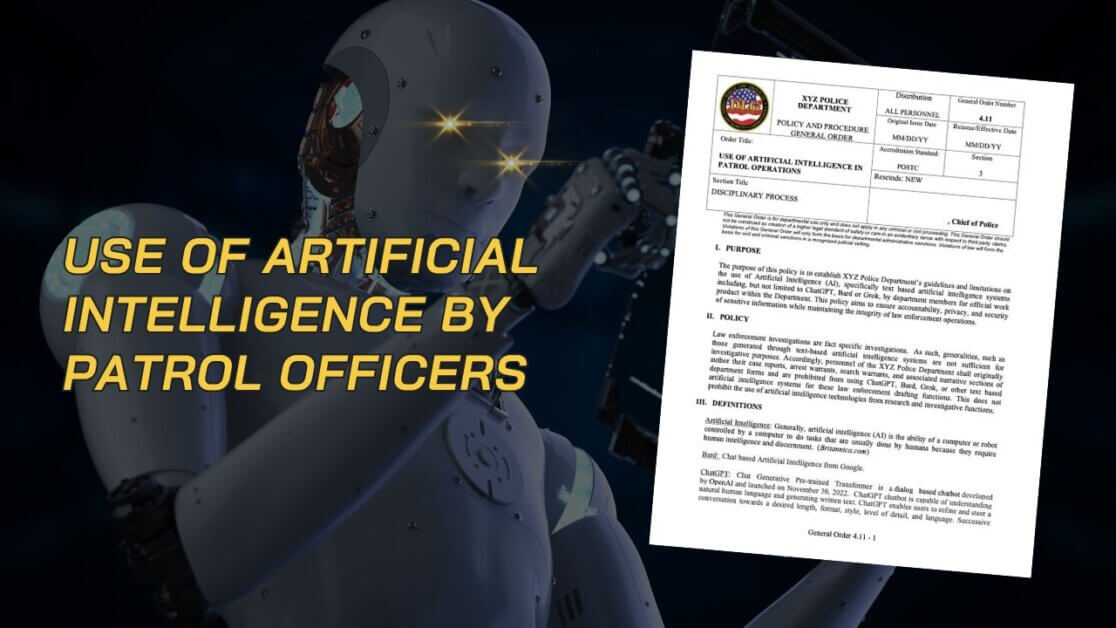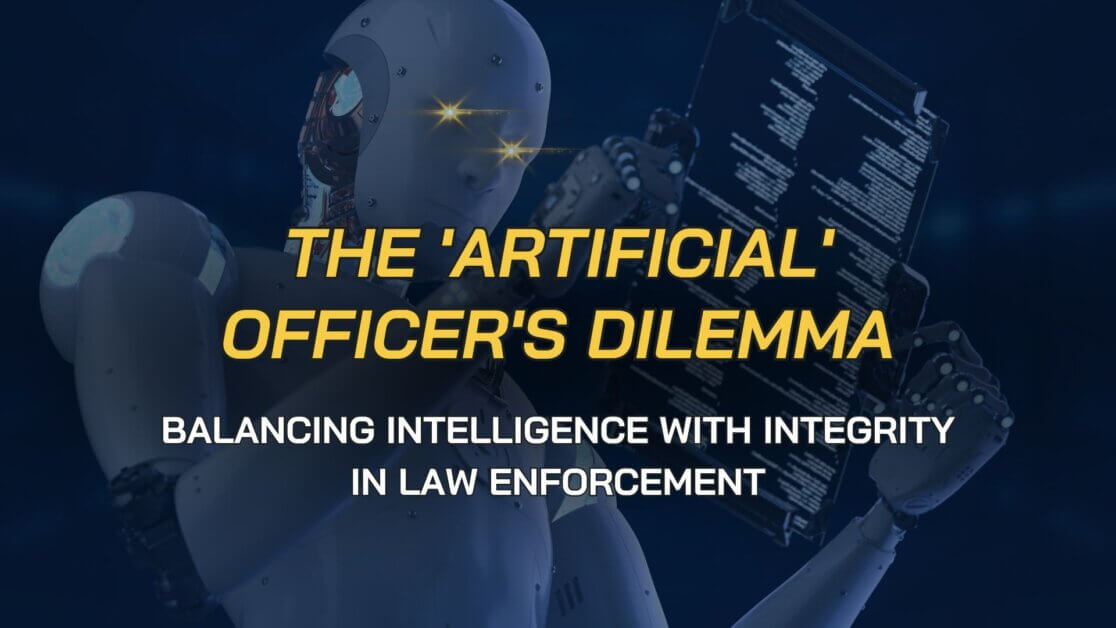The United States Supreme Court released a decision on November 4, 2013 pertaining to the constitutionality of a police officer’s warrantless pursuit of a suspect into a home based on probable cause of the commission of a misdemeanor crime.[1] A ruling from the Supreme Court is important to clarify the standards applicable to search and seizure law. This decision identifies a conflict between the circuits concerning what is “clearly established law” for purposes of qualified immunity. While the Court found that this area of law was not clearly established (and granted immunity to the officer on that ground), it is important for officers to understand that the Court did not rule that a warrantless pursuit of a suspect into a home based on probable cause is always permissible.
On May 27, 2008, at approximately 1:00 a.m., Officer Mike Stanton and his partner were dispatched to a neighborhood in La Mesa, California for a report of an “unknown disturbance” involving a person with a baseball bat. Officer Stanton was familiar with this neighborhood and its high incidence of gang violence. The two officers, who were in uniform, responded to the area where the disturbance had been reported driving a marked police vehicle. The officers observed three men walking in the street. Two of the men turned and went into an apartment complex. The third man, later identified as Nicholas Patrick, crossed the street in front of the police vehicle and ran (or walked quickly) toward a residence, which belonged to Drendolyn Sims. At the time of the incident, Officer Stanton did not know who lawfully owned the residence.
At the time Officer Stanton observed Patrick he was not holding a baseball bat, but Stanton considered his behavior suspicious and decided to investigate. Officer Stanton exited his vehicle and ordered the man to stop, and yelled “police” in a loud voice. Patrick ignored the officer’s order and went into Sims’ yard, which was surrounded by a six foot tall wood fence with gate. Once Patrick disappeared inside the gate, the officers’ view was blocked. At that time, Officer Stanton believed Patrick, by disobeying his order to stop, had committed a jailable misdemeanor offense under the California Penal Code. Officer Stanton further stated that at the time he feared for his safety. Based on these two conclusions, Officer Stanton kicked open the gate to Sims’ yard, to pursue Patrick. Unbeknownst to Officer Stanton, Ms. Sims was standing behind the gate when it flew open. Following the incident, Sims filed a lawsuit alleging that Officer Stanton violated her right to be free from unreasonable search and seizure under the Fourth Amendment.
The District Court granted Officer Stanton’s motion for summary judgment, finding that Officer Stanton’s entrance into Sims’ yard was justified because he was in pursuit of Patrick in a potentially dangerous situation, and Sims’ held a lesser expectation in the curtilage of her home. The District Court further found that even if Officer Stanton violated her 4th Amendment rights, he was entitled to qualified immunity because there was not clearly established law to put him on notice that his actions were unconstitutional. Under the doctrine of “qualified immunity,” an officer is protected from civil liability insofar as his/her conduct does not violate clearly established statutory or constitutional rights of which he/she should have known. Qualified immunity protects the officer from reasonable but mistaken judgment, except for actions that are “plainly incompetent” and for those who “knowingly violate the law.”
The Court of Appeals for the Ninth Circuit reversed the District Court’s ruling, holding that Officer Stanton’s entry into Sims’ yard was unconstitutional because she was entitled to the same expectation of privacy in her curtilage as her home, there was no immediate danger, and Patrick had only committed the misdemeanor offense of disobeying a police officer. The Appellate Court also found that Officer Stanton was not entitled to qualified immunity because the law clearly established that Officer Stanton was not justified in his warrantless pursuit of Patrick because he had only committed a misdemeanor crime.
The United States Supreme Court reversed the Appellate Court’s decision and found that Officer Stanton was entitled to qualified immunity because there existed no clearly established law prohibiting Officer Stanton’s warrantless entry into Sims’ yard in “hot pursuit” of Patrick. In reaching its decision, the Supreme Court first found that Officer Stanton did not knowingly violate the Constitution. The Supreme Court found that the Ninth Circuit’s conclusion that Officer Stanton was not entitled to qualified immunity was not justified in light of the fact that “federal and state courts nationwide are sharply divided on the question whether an officer with probable cause to arrest a suspect for a misdemeanor may enter a home without a warrant in hot pursuit of the suspect.” In fact, courts have specifically concluded that officers are entitled to qualified immunity in circumstances such as those presented in this case because the constitutional violation is not clearly established.
The Supreme Court noted that the Ninth Circuit erroneously interpreted its prior decision in Welsh v. Wisconsin,[2] as a categorical rule prohibiting warrantless entries into a home in “hot pursuit” of suspects where there existed probable cause that only minor offenses had been committed. In Welsh, officers learned from a witness that the suspect had driven his car off the road and left the scene of the accident, presumably intoxicated. The officers went to the suspect’s home without a warrant and arrested him for driving while intoxicated – a nonjailable offense under state law. In Welsh, the Supreme Court rejected the “hot pursuit” exception to the warrant requirement because there was no immediate or continuous pursuit of the suspect from the scene. In the present case, the Supreme Court stated that even though its emphasis in Welsh was the fact that the offense was a minor crime, it did not establish that the “seriousness of the crime is equally important in cases of hot pursuit.”
Unfortunately, while SCOTUS noted that federal and state courts are “sharply” divided as to whether an officer, who has probable cause to arrest a subject for a misdemeanor crime, may enter a premises without a warrant in “hot pursuit” of the individual, it did not utilize this opportunity to settle this dispute. Rather, the court specifically chose not to make such a ruling, stating “[w]e do not express any view on whether Officer Stanton’s entry into Sims’ yard in pursuit of Patrick was constitutional.” The court did, however, make it clear that there exists no prohibition against such actions, only that such a warrantless entry should be “rare.” The court also distinguished between entering a premises without a warrant while in “hot pursuit” versus following the passage of time, when the application of a search warrant is feasible.
Nonetheless, this Supreme Court decision does not provide officers with the comfort that warrantless entries into a home in hot pursuit of a suspect whom they have probable cause to believe has committed a misdemeanor crime is generally permissible under all circumstances. The decision does make it clear, however, that such actions are not constitutionally prohibited. At the printing of this Supreme Court decision, the various state and federal courts remain divided on the subject. The result of this lack of clearly established law is that officers are afforded available protections under the qualified immunity doctrine. Officers would be unwise, however, to rely on this case as providing absolute permission to pursue a suspect into a home for circumstances involving the commission of a misdemeanor offense. On the contrary, the Supreme Court’s review of the various state and federal cases was fact intensive. In other words, the Court looked very closely at the distinguishing facts and circumstances underlying each warrantless entry, e.g. how much time had passed between the alleged crime and the pursuit of a suspect, as well as the type of crime for which the suspect was pursued.
This publication is produced to provide general information on the topic presented. It is distributed with the understanding that the publisher (Daigle Law Group, LLC.) is not engaged in rendering legal or professional services. Although this publication is prepared by professionals, it should not be used as a substitute for professional services. If legal or other professional advice is required, the services of a professional should be sought.



